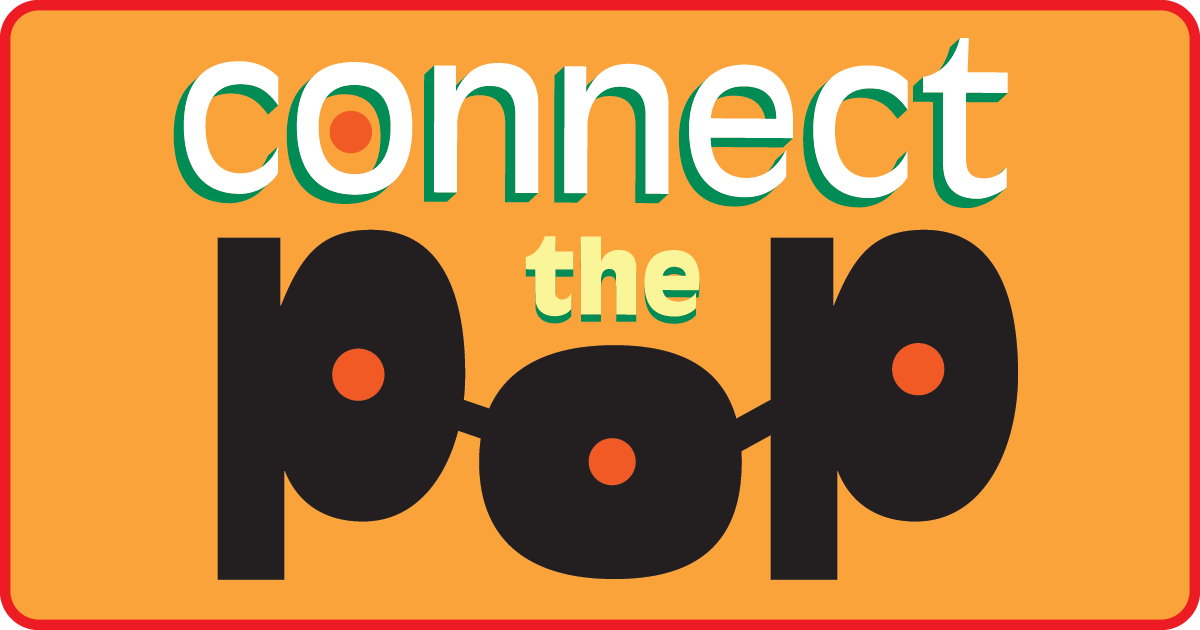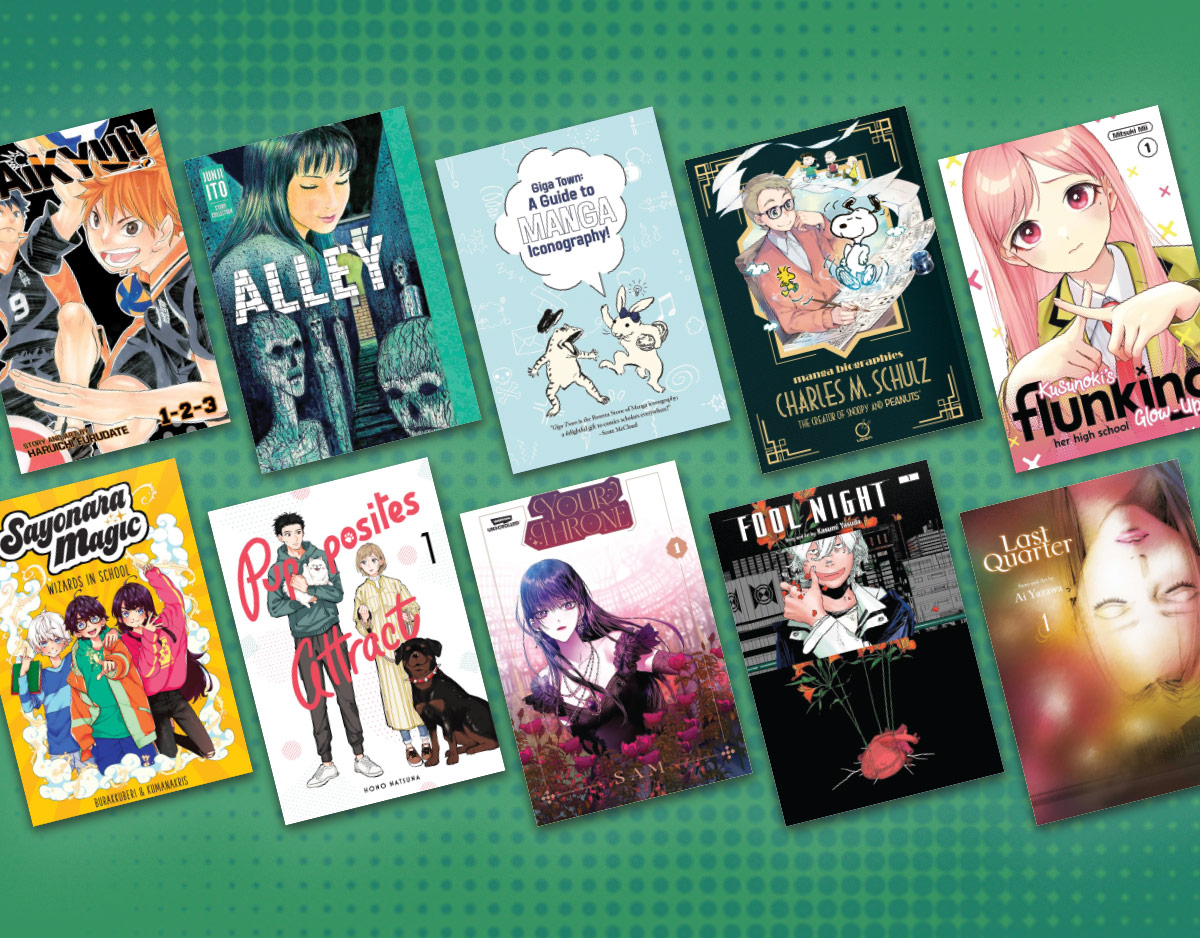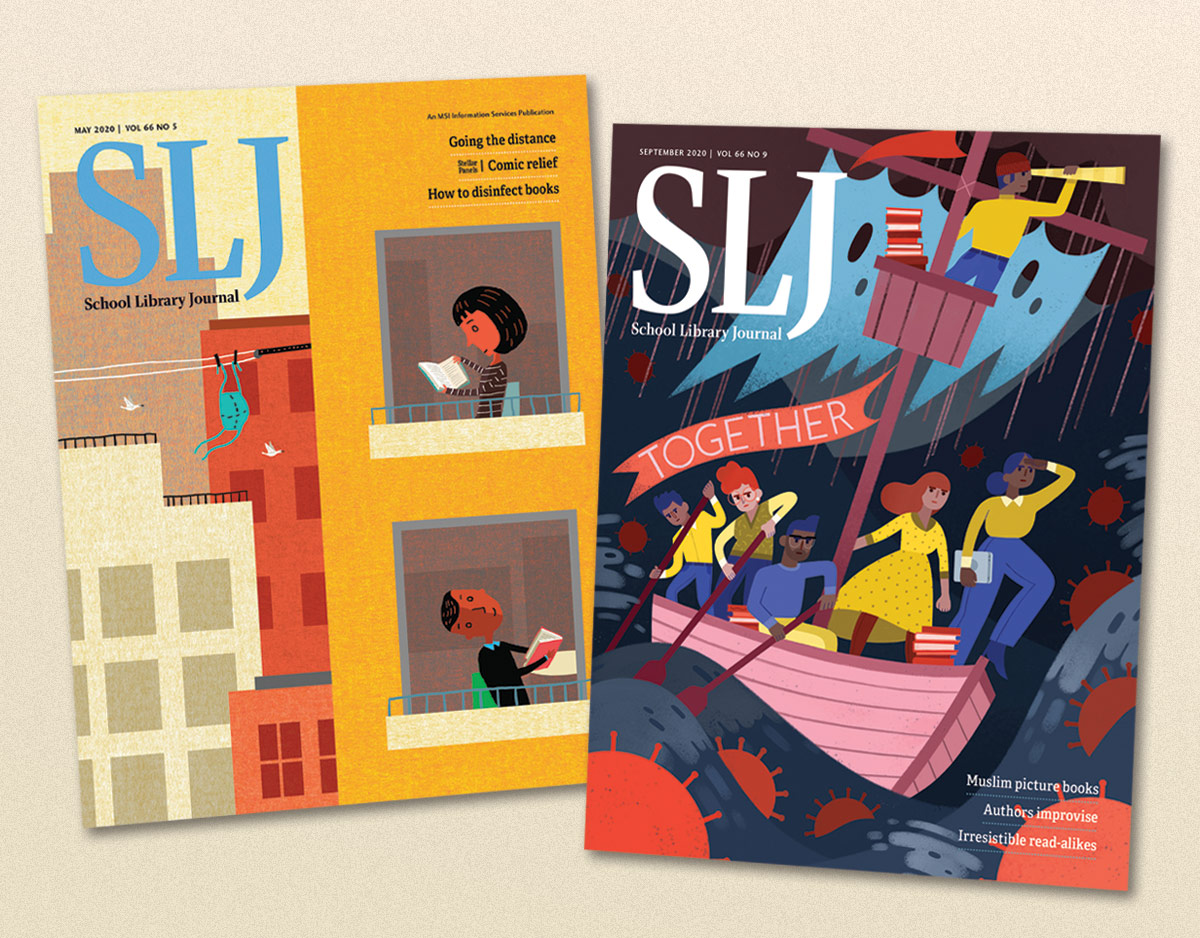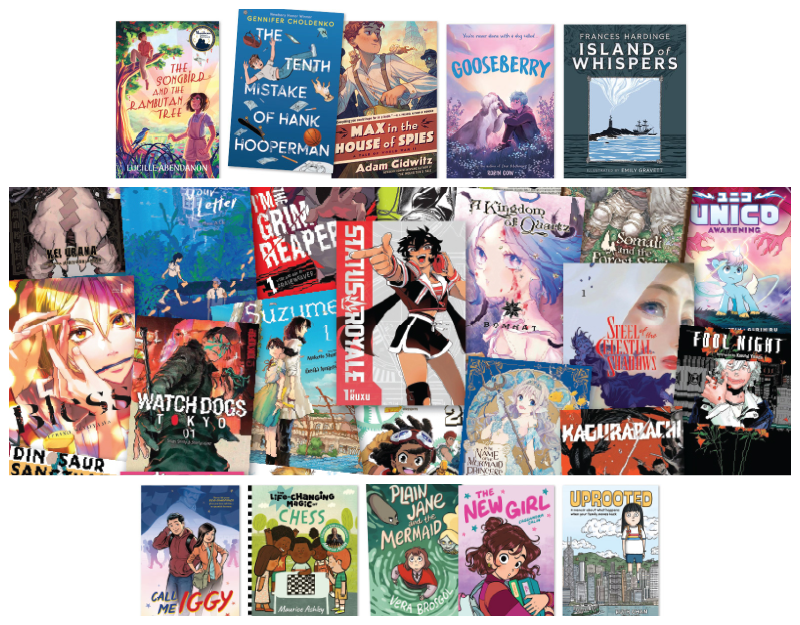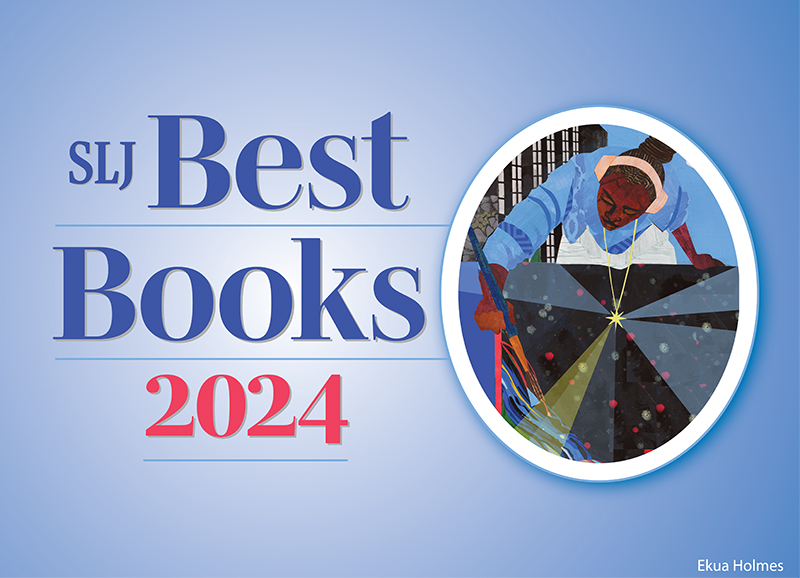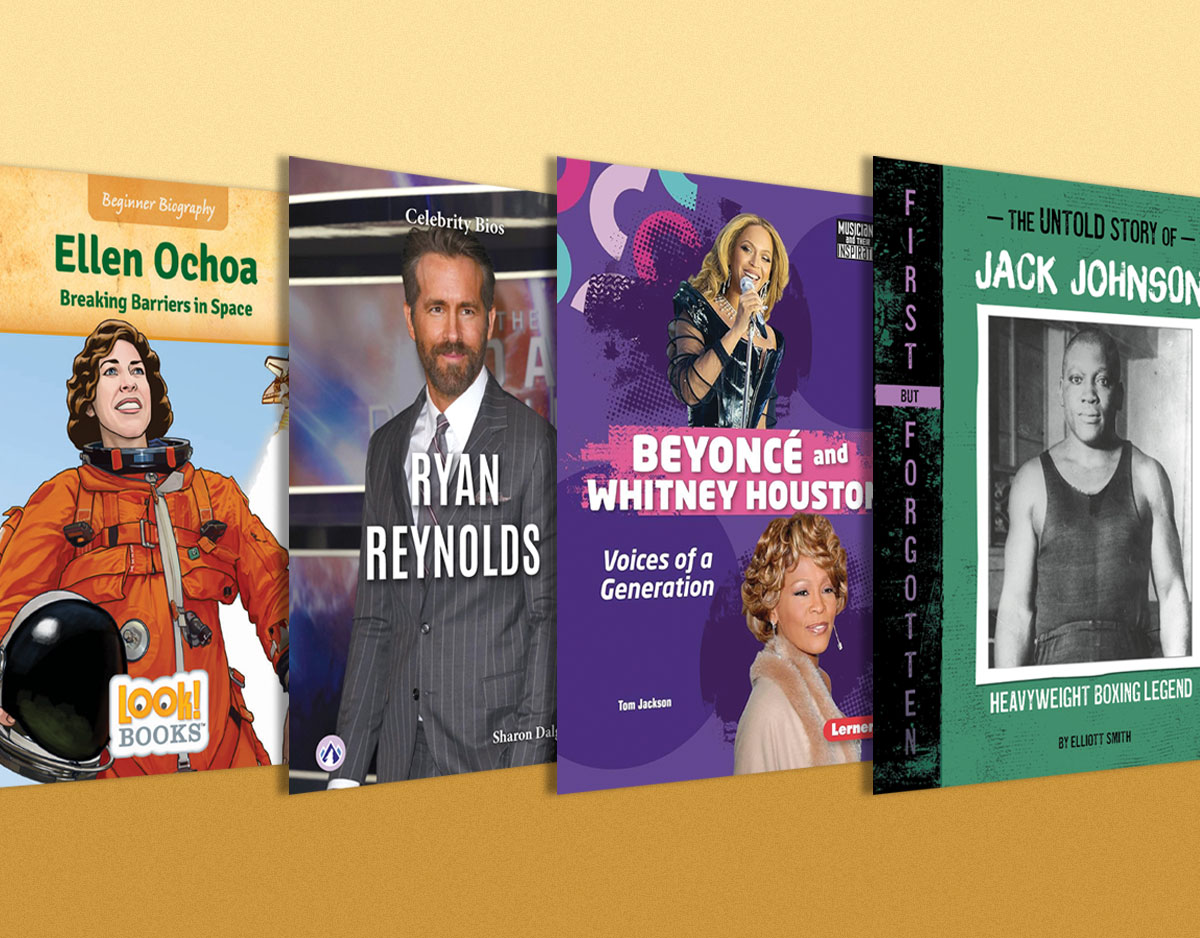SCROLL DOWN TO READ THE POST
‘Super Pop!’ and Making (Extremely Fun) Connections Across Media
 If there’s one new book on pop culture you should order for your library—and, hey, maybe even order multiple copies so you can cover students, faculty, and yourself—it’s Daniel Harmon’s Super Pop!, which is out this week from Zest Books.
If there’s one new book on pop culture you should order for your library—and, hey, maybe even order multiple copies so you can cover students, faculty, and yourself—it’s Daniel Harmon’s Super Pop!, which is out this week from Zest Books.
If you’re surprised by my overwhelming enthusiasm for a book whose title echoes a subpar Madonna song, you have nothing on my own surprise. Subtitled “Pop Culture Top Ten Lists to Help You Win at Trivia, Survive in the Wild, and Make it Through the Holidays” and sporting some trendy images from The Hunger Games movie and Breaking Bad on the cover, this initially truck me as a kind of lightweight read designed for people currently without any online access. After all, the Internet is awash in lists of all sorts—and ones that you can actively search for and comment upon when you find them—so what need is there for a print book that essentially represents the dumped contents of one media-saturated mind?
ADVERTISEMENT
ADVERTISEMENT
Quite a lot as it turns out.
That’s because not only is Harmon an engaging writer, but also, more importantly, because Super Pop! brilliantly demonstrates the kind of text-to-text connections that we should be asking students to make… thematically, across the content areas and across media, and between the familiar and the new. Talk about activating students’ pop culture schema and then leveraging it in unpredictable but fascinating ways…
If you require a couple of examples, well, here you go. The chapter “Watch the World Unfold: History Lessons That Will Keep You on the Edge of Your Seat” includes brief but informative and authoritative write-ups on Hilary Mantel’s Wolf Hall, Farewell My Concubine, The Name of the Rose (the novel, not the film), the TV mini-series Band of Brothers, and Maus.
Even more eclectic and impressive are the items discussed in “Find Your Happy Place: Magical, Fictional Worlds,” which, just in case it’s not clear, focuses on the connection between setting, character, and mood. Here are some of the items that Harmon’s text addresses:
- The “dingy basements” in Fight Club (the film)
- The dance room in Andrea Arnold’s Fish Tank
- The video game Flower
- Novels by Harumi Murakami and the late E.L. Konigsburg
- The bathroom in HBO’s Girls (!)
- Jay-Z and Alicia Keys’s “Empire State of Mind”
- Odysseus’s home in Ithaca (in the #1 slot in the list)
So sure, as you may have surmised by now, this book is terrific fun just for browsing purposes. But as a source of potential teaching/discussion/writing ideas, it’s downright invaluable.
Filed under: Comics, English, Movies, Print Media, Social Studies, Television, Transliteracy
About Peter Gutierrez
A former middle school teacher, Peter Gutierrez has spent the past 20 years developing curriculum as well as working in, and writing about, various branches of pop culture. You can sample way too many of his thoughts about media and media literacy via Twitter: @Peter_Gutierrez
ADVERTISEMENT
SLJ Blog Network
One Star Review, Guess Who? (#211)
Free Piano (Not Haunted): A Cover Reveal and Q&A with Whitney Gardner
Kevin McCloskey on ‘Lefty’ | Review and Drawn Response
Notable NON-Newbery Winners: Waiting for Gold?
Take Five: Newbery Picks, Part Two
The Classroom Bookshelf is Moving
Gayle Forman Visits The Yarn!
ADVERTISEMENT
ADVERTISEMENT

